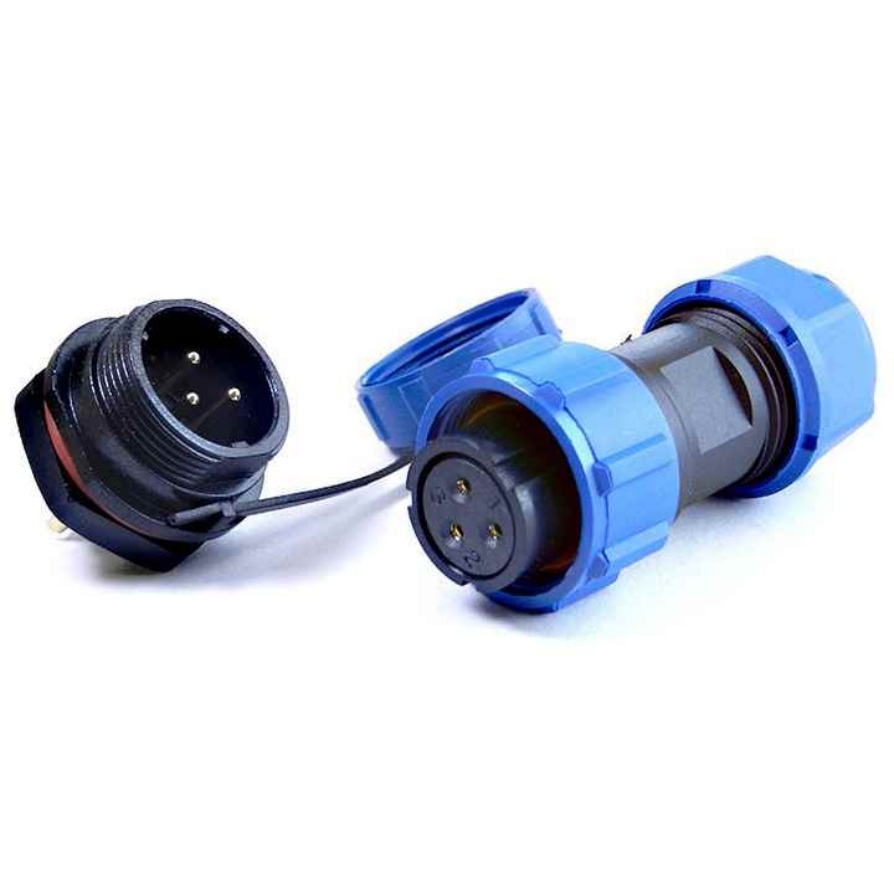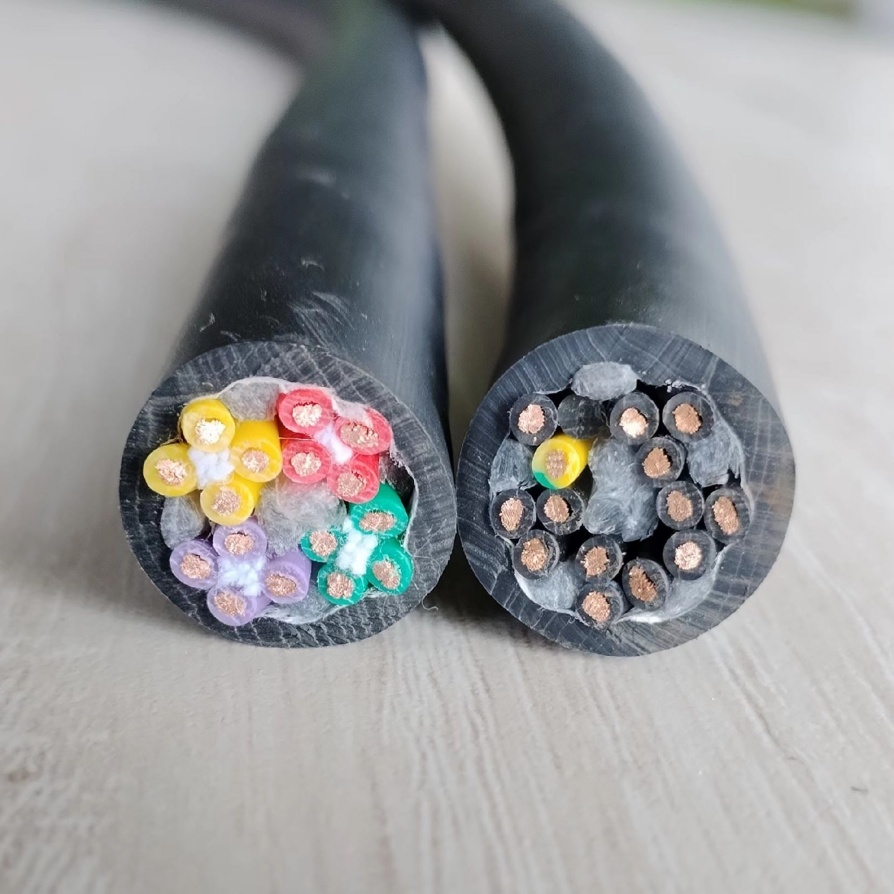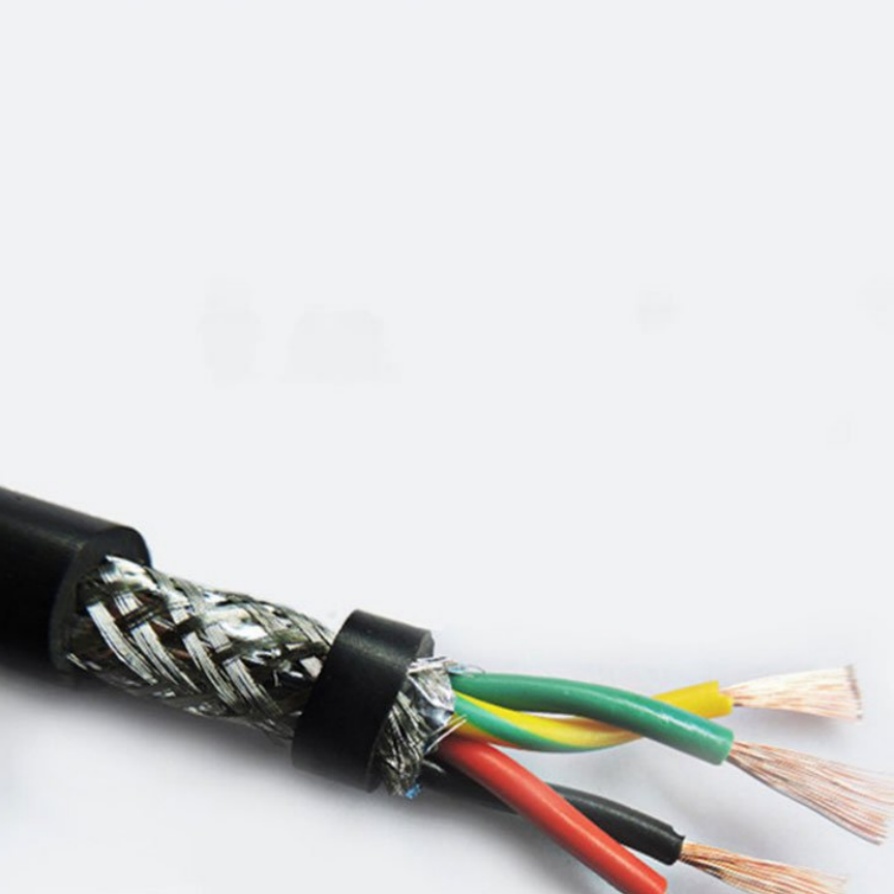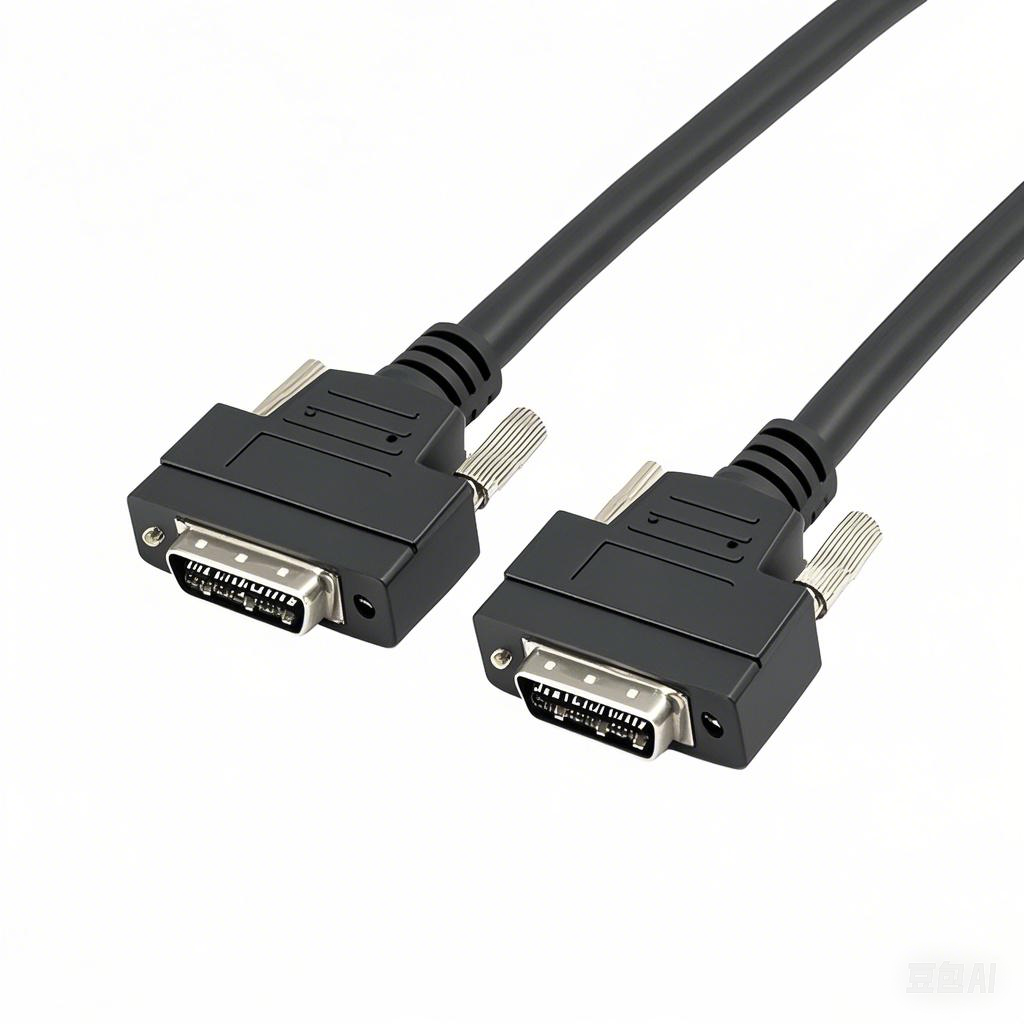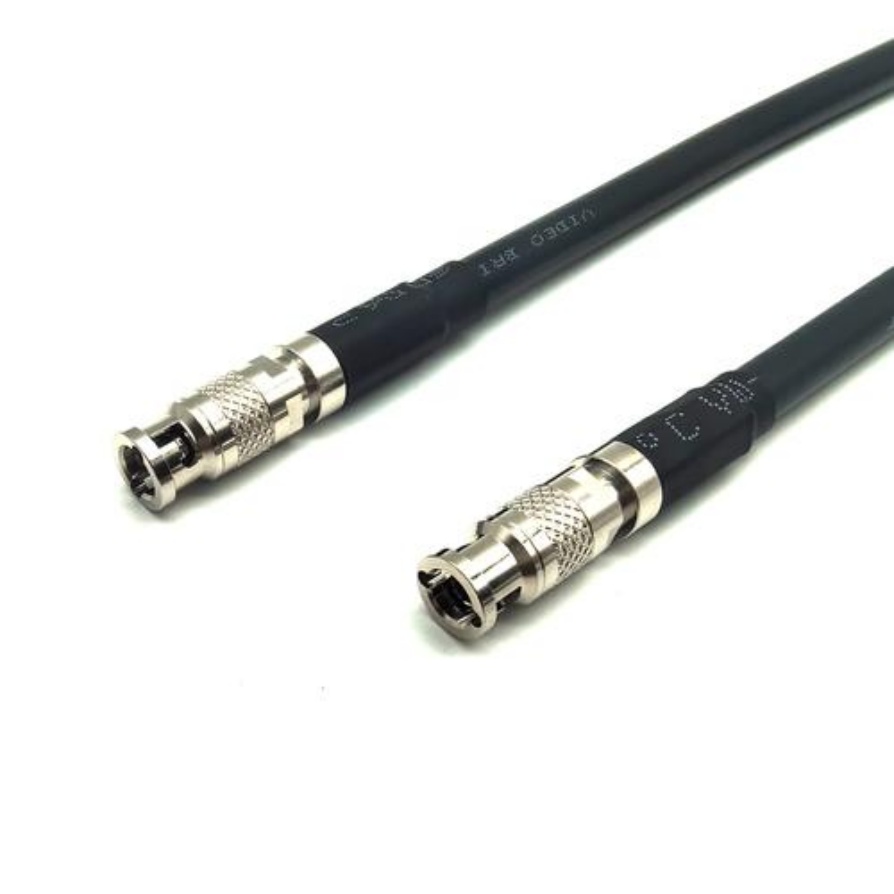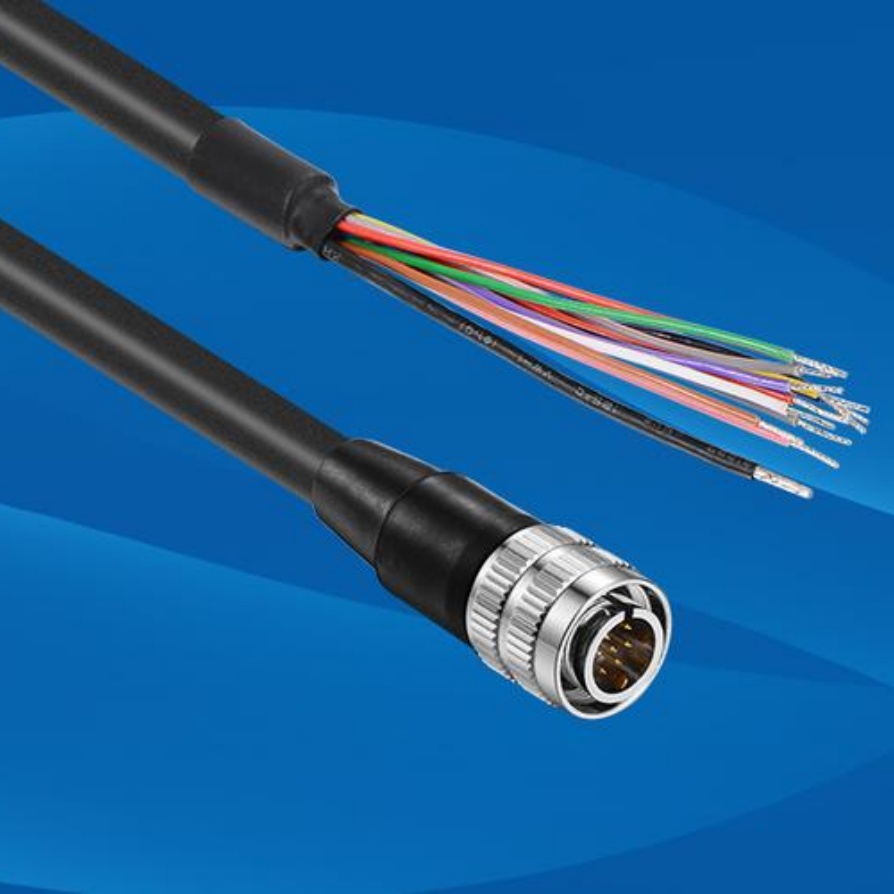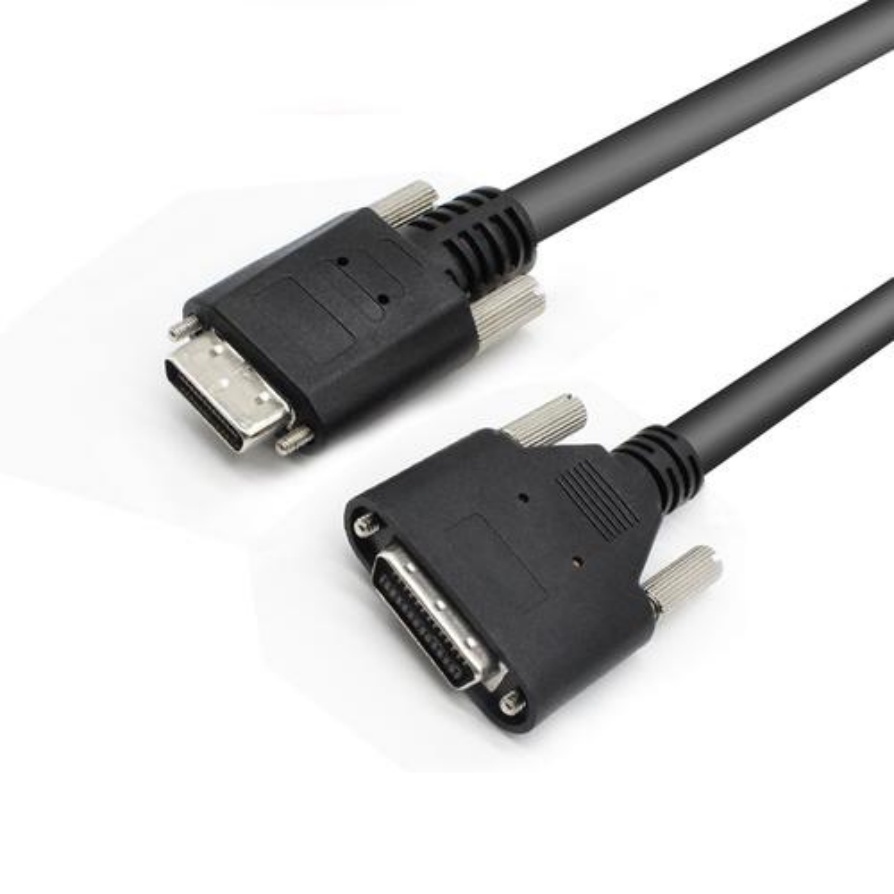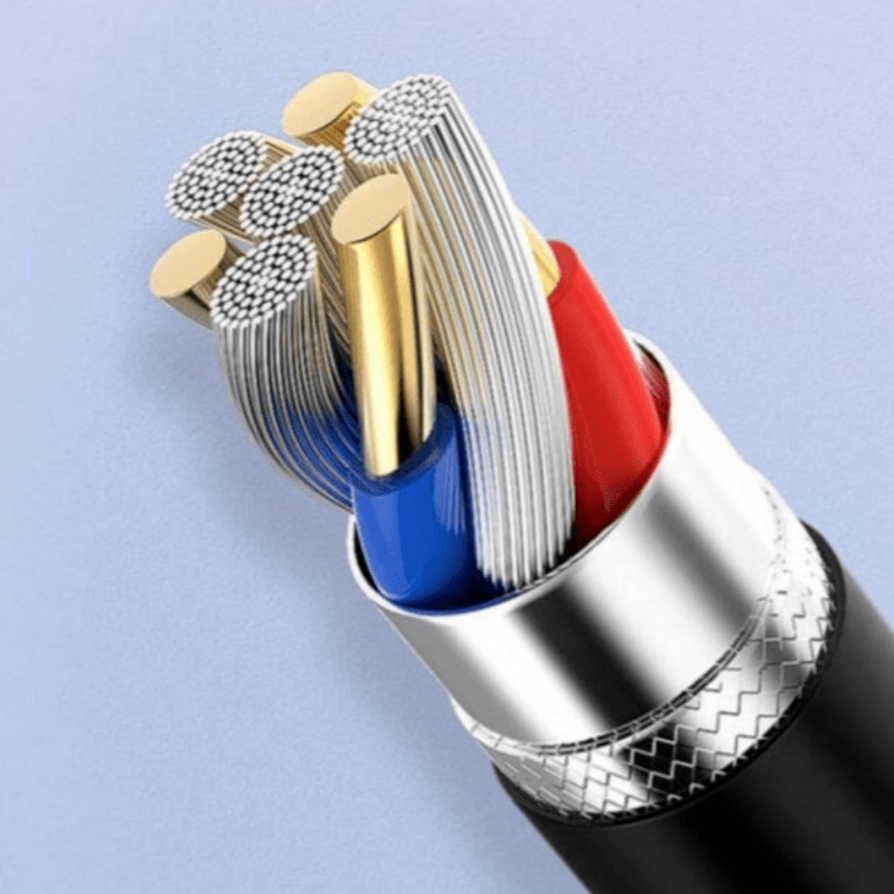What is the resistance to UV rays of machine cable
In the realm of industrial equipment, machine cable serves as the vital “nervous system” that ensures the smooth transmission of power and signals. However, when machine cables are deployed in outdoor or semi-outdoor environments—such as solar power plants, construction sites, port machinery, and agricultural equipment—they are inevitably exposed to ultraviolet (UV) rays from sunlight. This raises a critical question for engineers, procurement managers, and industry professionals: What is the resistance to UV rays of machine cable, and why does it matter? Understanding the UV resistance of machine cable is not only essential for ensuring the long-term reliability of equipment but also for reducing maintenance costs and avoiding unexpected operational downtime. In this article, we will delve into the key aspects of machine cable’s UV resistance, including its importance, influencing factors, testing standards, improvement solutions, and real-world applications.
The Importance of UV Resistance for Machine Cable
UV rays from the sun are a form of high-energy electromagnetic radiation that can cause significant degradation to polymeric materials, which are the primary components of machine cable sheaths and insulations. Machine cables used in outdoor or UV-exposed environments (such as near windows in industrial facilities or on equipment that operates under direct sunlight) face the risk of material aging, cracking, and performance deterioration if they lack adequate UV resistance.
First and foremost, poor UV resistance can lead to the breakdown of the cable’s outer sheath. The sheath acts as a protective barrier against moisture, dust, chemicals, and physical abrasion. When UV rays break down the polymer chains in the sheath, it becomes brittle, discolored, and prone to cracking. Once the sheath is damaged, moisture and contaminants can penetrate the cable, leading to short circuits, insulation failure, and even electrical fires—posing serious safety hazards to both equipment and personnel.
Secondly, UV degradation affects the mechanical properties of machine cable. Machine cables often need to withstand bending, twisting, and vibration during operation. A UV-damaged cable loses its flexibility and tensile strength, making it more likely to break during installation or use. This not only disrupts the normal operation of machinery but also increases the cost of frequent cable replacements and maintenance.
Furthermore, in critical applications such as renewable energy (solar farms), transportation (railway signaling), and marine equipment, the failure of machine cables due to UV exposure can result in massive economic losses. For example, a damaged cable in a solar power plant may halt the generation of electricity, while a faulty cable in a port crane could delay cargo handling operations. Thus, the UV resistance of machine cable is a key factor in ensuring the durability and reliability of industrial systems.
Key Factors Influencing UV Resistance of Machine Cable
The UV resistance of machine cable is determined by a combination of material selection, additive formulations, and structural design. Understanding these factors is crucial for choosing the right machine cable for UV-exposed applications.
1. Material Selection
The type of polymer used in the cable’s sheath and insulation is the foundation of its UV resistance. Different polymeric materials exhibit varying degrees of resistance to UV degradation:
- Polyvinyl Chloride (PVC): Traditional PVC cables have moderate UV resistance, but prolonged exposure to sunlight can cause them to harden, crack, and lose flexibility. PVC is suitable for short-term outdoor use or indoor applications with indirect UV exposure but is not ideal for long-term outdoor deployment.
- Polyethylene (PE): Low-density polyethylene (LDPE) and high-density polyethylene (HDPE) offer better UV resistance than PVC. However, unmodified PE can still degrade over time under intense UV radiation. Cross-linked polyethylene (XLPE) further improves UV resistance and thermal stability, making it a popular choice for medium-voltage machine cables.
- Thermoplastic Elastomers (TPE): TPE cables combine the flexibility of rubber with the processability of plastics. They exhibit excellent UV resistance, as well as resistance to oil, chemicals, and extreme temperatures. TPE is widely used in machine cables for outdoor and harsh environments.
- Ethylene Propylene Diene Monomer (EPDM): EPDM is a synthetic rubber with outstanding UV resistance, ozone resistance, and weatherability. It can withstand prolonged exposure to sunlight without significant degradation, making it ideal for machine cables in outdoor applications such as construction machinery and agricultural equipment.
2. Additives
To enhance the UV resistance of polymeric materials, manufacturers add specific additives during the production process:
- UV Stabilizers: These additives absorb or scatter UV rays, preventing them from breaking the polymer chains. Common UV stabilizers include benzophenones, benzotriazoles, and hindered amine light stabilizers (HALS). HALS are particularly effective as they can regenerate themselves during the aging process, providing long-term protection.
- Carbon Black: Adding carbon black to the polymer matrix is a cost-effective way to improve UV resistance. Carbon black absorbs UV rays and converts them into heat, which is dissipated harmlessly. Cables with a black sheath (due to carbon black) typically have better UV resistance than those with light colors.
- Antioxidants: Antioxidants prevent the oxidation of polymers caused by UV-induced free radicals, further slowing down the aging process. They work in synergy with UV stabilizers to enhance the overall durability of the cable.
3. Cable Structure Design
The structural design of machine cable also plays a role in its UV resistance. A well-designed cable structure can provide additional protection against UV rays:
- Thickened Sheath: A thicker outer sheath provides more material to absorb and resist UV rays, delaying the degradation of the inner insulation and conductors.
- Protective Layers: Some machine cables are equipped with an additional protective layer, such as a woven fiberglass sleeve or a metal armor, which acts as a physical barrier against UV radiation and other environmental factors.
- Insulation Shielding: The insulation layer between the conductor and the sheath can also be formulated with UV-resistant materials to provide double protection, ensuring that the conductor remains insulated even if the outer sheath is slightly damaged.
Testing Standards for UV Resistance of Machine Cable
To ensure the UV resistance of machine cable meets industry requirements, various international and regional testing standards have been established. These standards specify the test methods, exposure conditions, and performance criteria for evaluating UV resistance:
1. ASTM D4329
Developed by the American Society for Testing and Materials (ASTM), ASTM D4329 is a widely used standard for evaluating the effects of UV radiation, water, and heat on polymeric materials. The test involves exposing the machine cable sample to a UV lamp (simulating sunlight) and periodic water喷淋 (to simulate rain) at a controlled temperature. After a specified exposure period (usually hundreds or thousands of hours), the sample is tested for changes in mechanical properties (such as tensile strength and elongation at break) and visual appearance (such as cracking, discoloration, and brittleness).
2. ISO 4892
The International Organization for Standardization (ISO) 4892 standard specifies three methods for accelerated weathering testing of plastics: Method A (UVB-313 lamps), Method B (UVA-340 lamps), and Method C (fluorescent UV lamps with water spray). Machine cable samples are exposed to these UV sources under controlled conditions, and their performance is evaluated after exposure. ISO 4892 is often used in Europe and other regions that adopt ISO standards.
3. IEC 60068-2-5
The International Electrotechnical Commission (IEC) 60068-2-5 standard covers the testing of electronic and electrical components (including machine cables) under dry heat and UV radiation. The test exposes the cable sample to a combination of high temperature and UV radiation to simulate the harsh conditions in outdoor environments. This standard is widely used in the electrical and electronics industry to assess the weatherability of cables.
4. UL 1581
Underwriters Laboratories (UL) 1581 is a standard for safety tests for wires, cables, and flexible cords. It includes provisions for UV resistance testing, where cable samples are exposed to UV radiation for a specified period and then inspected for any signs of degradation. Cables that pass UL 1581 testing are considered safe for use in UV-exposed applications.
Solutions to Improve UV Resistance of Machine Cable
For manufacturers and users of machine cable, there are several effective solutions to improve UV resistance and ensure the cable’s performance in harsh environments:
1. Select UV-Resistant Materials
Choosing the right polymeric material is the first step. For outdoor applications, opt for machine cables made of EPDM, TPE, or XLPE, which have excellent UV resistance. Avoid using traditional PVC cables for long-term outdoor use unless they are specially formulated with UV stabilizers.
2. Incorporate High-Quality Additives
Manufacturers should use high-quality UV stabilizers (such as HALS), carbon black, and antioxidants in the polymer formulation. The dosage of additives should be carefully controlled to balance UV resistance, cost, and other mechanical properties of the cable.
3. Optimize Cable Design
Design the cable with a thickened sheath or additional protective layers. For example, adding a fiberglass braid over the sheath can provide extra UV protection and mechanical strength. Additionally, using a black sheath (with carbon black) is a simple and effective way to enhance UV resistance.
4. Conduct Rigorous Testing
Before launching machine cables into the market, manufacturers should conduct rigorous UV resistance testing in accordance with international standards such as ASTM D4329 and ISO 4892. This ensures that the cables meet the required performance criteria and can withstand real-world UV exposure.
5. Proper Installation and Maintenance
Even with excellent UV resistance, proper installation and maintenance can extend the lifespan of machine cables. Avoid installing cables in areas with direct and intense sunlight for prolonged periods if possible. If outdoor installation is necessary, use cable trays or conduits to provide additional protection. Regularly inspect the cables for signs of UV degradation (such as cracking or discoloration) and replace them if necessary.
Real-World Applications of UV-Resistant Machine Cable
UV-resistant machine cables are widely used in various industries where equipment operates in outdoor or UV-exposed environments. Here are some typical applications:
1. Solar Power Plants
In solar power plants, machine cables are used to connect solar panels, inverters, and other equipment. These cables are exposed to direct sunlight for long hours every day. UV-resistant machine cables (usually made of XLPE or TPE) ensure the reliable transmission of electricity and prevent downtime due to cable failure.
2. Construction Machinery
Construction equipment such as cranes, excavators, and bulldozers operates outdoors in all weather conditions. The machine cables in these vehicles need to withstand UV radiation, rain, and dust. EPDM or TPE machine cables are preferred for their excellent UV and weather resistance.
3. Agricultural Machinery
Agricultural equipment such as tractors, harvesters, and irrigation systems are exposed to sunlight and harsh weather conditions. UV-resistant machine cables ensure the smooth operation of these machines, even in hot and sunny agricultural fields.
4. Port and Marine Equipment
Port cranes, container handlers, and marine vessels operate in coastal environments where UV radiation is intense (due to reflection from the sea). Machine cables used in these applications must have high UV resistance and corrosion resistance. Cables with EPDM sheaths and metal armor are commonly used to withstand these harsh conditions.
5. Outdoor Lighting and Signage
Machine cables are used to power outdoor lighting systems, billboards, and signage. These cables are exposed to UV rays day and night. UV-resistant cables ensure that the lighting and signage systems remain operational without frequent cable replacements.
Choose FRS: Your Trusted Partner for UV-Resistant Machine Cable
When it comes to machine cable with exceptional UV resistance, FRS is the brand you can rely on. As a leading manufacturer of industrial cables, FRS is committed to producing high-quality machine cables that meet the most stringent industry standards and customer requirements.
At FRS, we understand the critical role of UV resistance in machine cable performance. That’s why we use only the finest materials—such as EPDM, TPE, and XLPE—sourced from trusted suppliers. Our cables are formulated with advanced UV stabilizers, carbon black, and antioxidants to ensure long-term UV resistance and durability. Each batch of machine cable undergoes rigorous testing in our state-of-the-art laboratory, in accordance with ASTM D4329, ISO 4892, and IEC 60068-2-5 standards, to guarantee that they can withstand even the harshest UV-exposed environments.
FRS machine cables are designed with optimized structures, including thickened sheaths and protective layers, to provide additional UV protection and mechanical strength. Whether your application is in solar power, construction, agriculture, or marine equipment, FRS has the right UV-resistant machine cable to meet your needs.
Moreover, FRS offers customization services to tailor machine cables to your specific requirements. Our team of experienced engineers will work closely with you to design cables with the perfect combination of UV resistance, flexibility, conductivity, and cost-effectiveness. We also provide comprehensive after-sales support, ensuring that you get the most out of your FRS machine cables.
Don’t let UV radiation compromise the performance and safety of your industrial equipment. Choose FRS machine cable for superior UV resistance, reliability, and durability. Contact FRS today to learn more about our UV-resistant machine cable solutions and how we can support your business.


